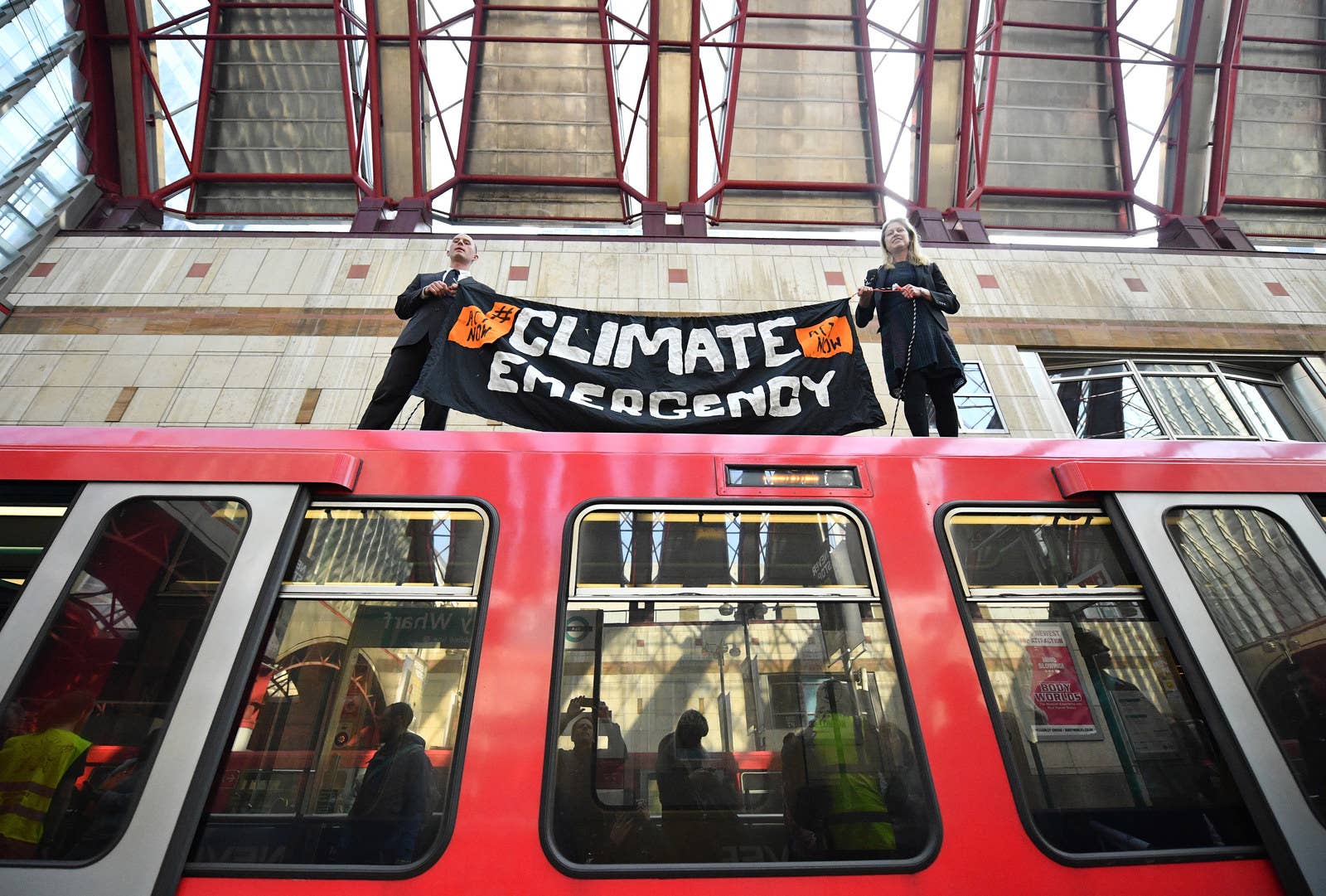
LONDON — Members of the group that helped win an unprecedented national declaration of a climate emergency have spent months putting their bodies on the line — laying down in front of cars, getting naked and gluing their bodies to windows — and, in the early days, asking people to think about the impending mass extinction of life on Earth as the moral equivalent of the Holocaust.
Extinction Rebellion — XR for short — first made major headlines in April by bringing London to a standstill for more than a week. Thousands of protesters occupied traffic points across the city, resulting in more than 1,000 arrests. Though the British government was on the edge of collapse over Brexit, the group dominated news coverage, staging mass “die-ins” at some of London’s most visited sites, and smashing glass doors on oil giant Shell’s London’s offices. Protesters stood on top of trains and barricaded the entrance to the London Stock Exchange. Members even managed to park a full-size pink boat emblazoned with the words “TELL THE TRUTH” in the middle of Oxford Circus, one of London’s busiest intersections.
“Tell the truth” is Extinction Rebellion’s first principle. The group believes it is time for lawmakers and the public to confront head-on that unless we stop emitting carbon dioxide within a few short years, hundreds of millions of people will die and we’ll risk sparking a catastrophic warming cycle that can’t easily be reversed. This is not just the group’s opinion — the planet’s warming and many of the likely effects form a consensus in the scientific community and the United Nations — but many world leaders have soft-pedaled or been accused of lying outright to avoid dealing with this terrifying reality.
The group’s second principle is “act as if the truth is real” — in other words, now that we know this catastrophe is around the corner, we must do everything possible to stop it. That’s why, as the group was ramping up last year, some leaders called on people to respond with the moral urgency with which the world responded to the Holocaust. One of the founders came to believe it was insensitive to use the Holocaust to make a rhetorical point, however, and posted an apology on YouTube.
The good news, the members say, is that they have extensively studied the history of social change and believe they have a scientifically tested approach that enables just a small minority to bring the political system to its knees. This is nonviolent direct action, the same tactics used by the US civil rights movement, the women’s suffrage movement, and India’s push for independence from Great Britain.
Along with the school strike movement inspired by Sweden’s Greta Thunberg, Extinction Rebellion has given a voice to a growing despair about climate change in many corners of the world. Its members are channeling the same spirit as the Sunrise Movement in the US, which camped out in front of Democratic National Committee headquarters to demand the 2020 presidential candidates debate climate change. They are pushing the UK, which has already has a law committing to substantial reductions in carbon emissions, to move faster and become carbon neutral by 2025, a quarter-century ahead of the target set by the UN. A few weeks after their protest, the House of Commons adopted a climate emergency resolution that was mostly symbolic, but still set a precedent to demand more urgent action.
Globally, the drumbeat is growing. It now has affiliates in more than 50 countries, and there are smaller protests under the Extinction Rebellion banner being held nearly every day, like the one that went viral last month when Paris police were filmed spraying protesters with tear gas at point-blank range. An Extinction Rebellion group in New York City has called for a protest for this Saturday in Brooklyn’s Park Slope neighborhood; it is one of 38 local Extinction Rebellion groups that have already been established in the US. And this weekend, Extinction Rebellion will mount a “Summer Uprising” across five British cities in which, according to the group, 1,000 “rebels” have said they are willing to be arrested, and 500 have said they are ready to go to prison.
“It’s like the sun never sets on Extinction Rebellion,” said one of the group’s founders.
From the outside, Extinction Rebellion looks like a freewheeling movement fond of elaborate costumes and outlandish stunts. There is actually a deeply thought-out method beneath its madness, even as some of its stunts have caused internal tensions, and its message is deadly serious. And as much as it caught the political world by surprise, it didn’t just spontaneously erupt.
“Everyone goes, ‘[Extinction Rebellion] just came out of nowhere,’” said Clare Farrell, a sustainable fashion designer and one of the group’s founding members. “No, it didn’t — it came out of people touring the country and doing talks and asking them to go to the depth of their souls and what they’d do to stop this suicide mission we’re on.”
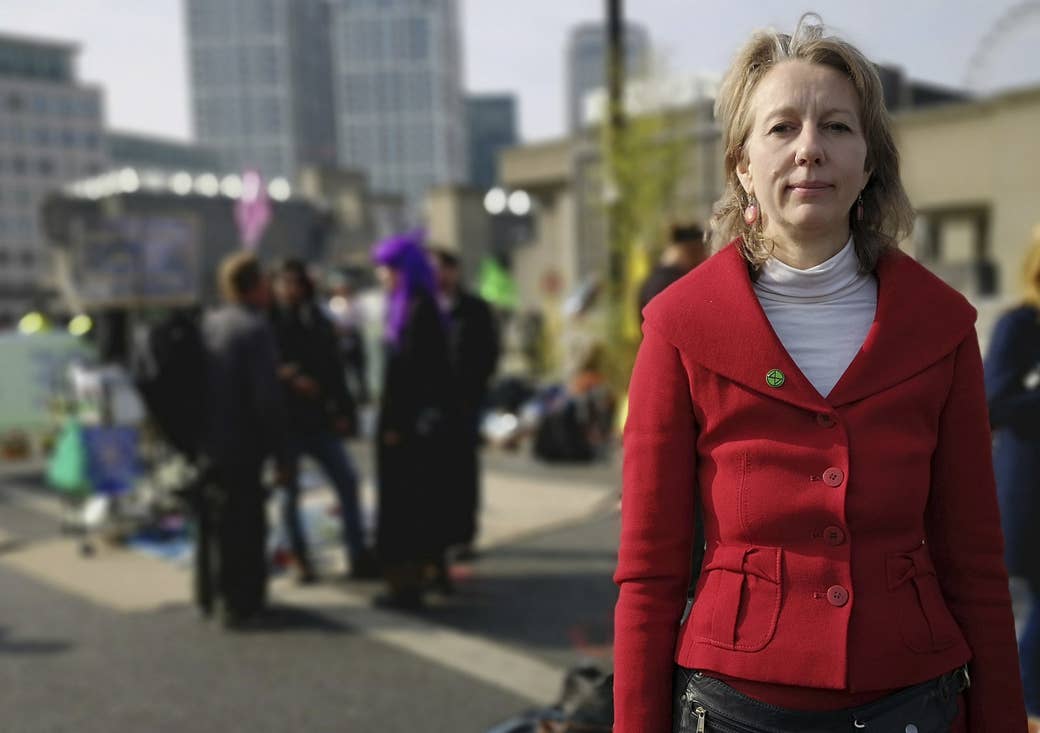
As Gail Bradbrook tells it, the path to creating Extinction Rebellion began when she flew to Costa Rica to spend two weeks doing psychedelic drugs.
Bradbrook grew up in northern England, and came of age during miners’ strikes that divided the country. She spent her life in animal rights and economic justice movements, but by 2016 felt like she had gotten lost in her efforts to promote social change. Bradbrook told BuzzFeed News that she decided to get back on track with a course of psychedelics used in traditional medicines around the world. She went, she said, to pray for the “codes for social change.”
When she returned to the UK, she met Roger Hallam, then a PhD student in his fifties at London’s prestigious King’s College, studying techniques to build successful social movements. Hallam, who sometimes speaks in a dry deadpan, was obsessed with using data to figure out the best ways to build social movements — putting food on the table at meetings made people feel more empowered, research showed, and having greeters approach newcomers would make them more likely to return to another meeting. Bradbrook and Hallam bonded over a four-hour discussion of research on what works in activism, and at the end, Hallam joked that he’d given her “the codes for social change.”
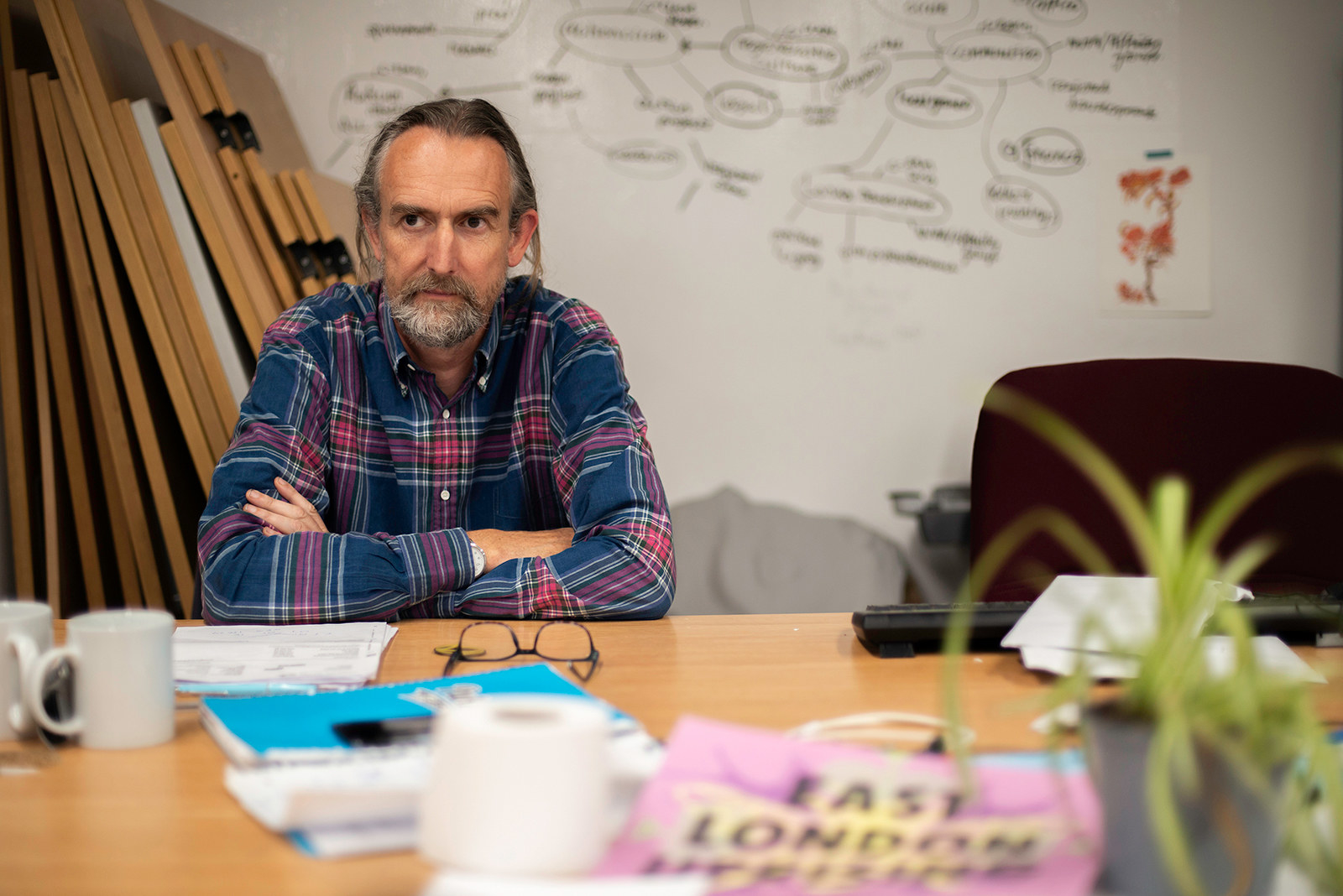
“It was very, very weird,” Bradbrook said. “We had a massive nerd bonding. … He was totally serious about strategy, being ambitious, taking [the] system on. ... I was just absolutely fucking delighted.”
They believed that it was possible for a relatively small group to bend the system to its demands. This was based in part on the work of Erica Chenoweth, a political scientist at Harvard who conducted a sweeping review of hundreds of conflicts over the last century. In every case in which activists used nonviolent civil disobedience and mobilized at least 3.5% of the population, she found they were victorious, including revolutions that toppled dictators, from Brazil to the Philippines. Extinction Rebellion members sometimes refer to 3.5% as the “magic number.”
Nonviolent civil disobedience means going beyond marches and petitions, instead using radical but peaceful tactics to actively disrupt business as usual, and staging confrontations that force people to choose sides. When you block a road — as Extinction Rebellion eventually would — it makes your demands impossible to ignore, the strategy goes. And the police must decide whether to arrest protesters or let them get away with breaking the law.
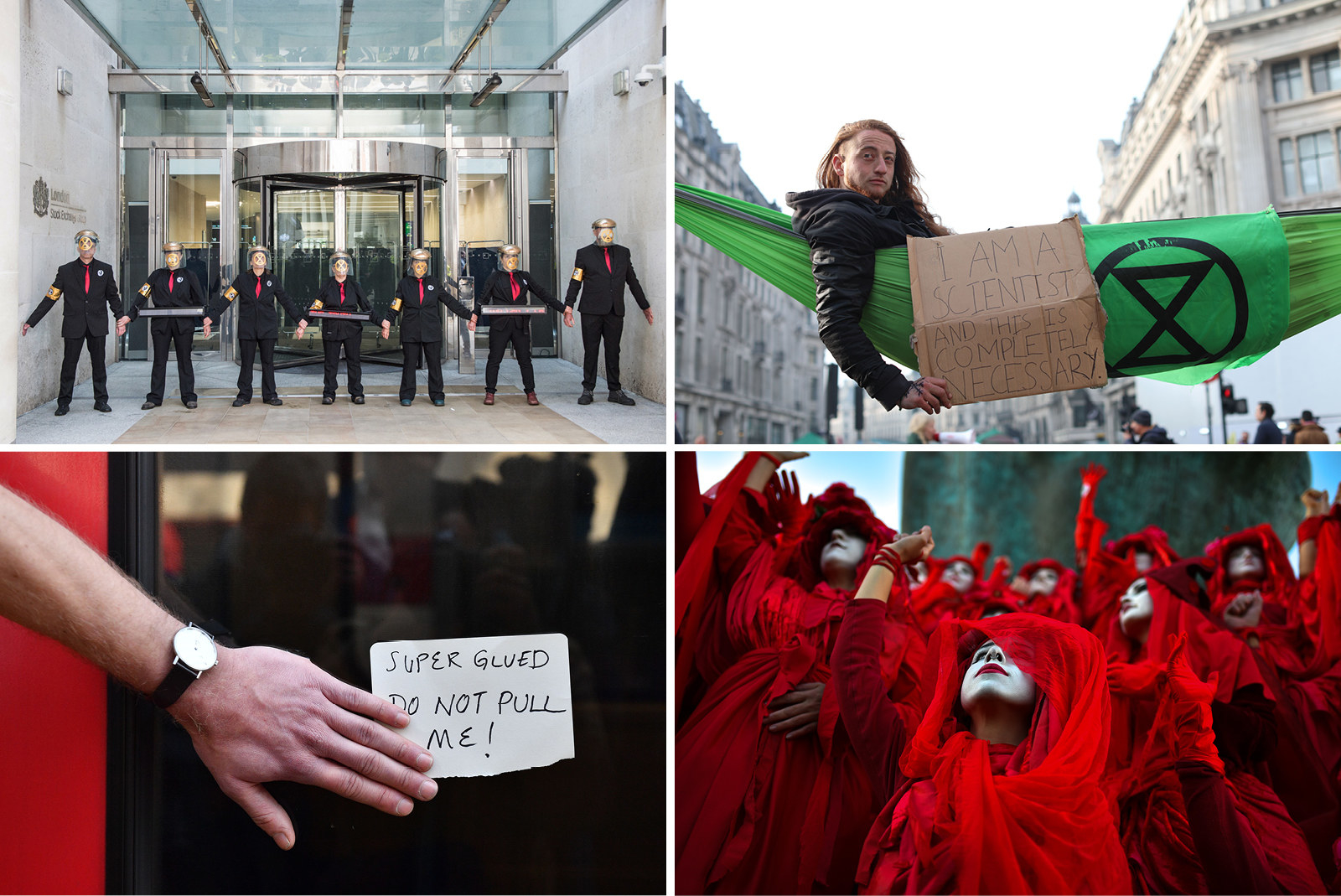
This approach certainly pisses a lot of people off at times, but the goal is not to win majority support, but to get a large enough minority who would make the cost of doing nothing on climate change higher than taking action to address it. For that to work, those involved have to be willing to make major sacrifices — going to prison or losing their lives — in order to spark the moral outrage that can bring the rest of society to their cause. And it also means interrupting the daily lives of the public to show the urgency of the issue.
“Extinction Rebellion is set up by people who are quite peculiar because we were primarily interested in what works rather than what enables us to be liked,” Hallam said. “Those are two categorically different orientations when you’re dealing with the mass delusions of the trajectory of Western societies.”
By the spring of 2018, Hallam, Bradbrook, and a group of around 20 activists had honed their vision and decided they would launch a mass civil disobedience campaign in the fall to demand swift action against global warming. But first they had to get enough people ready to join their movement.
So over the following months, this core group held more than 120 small meetings in private homes and town halls across the UK, presenting what became known as “the Talk.” It made the case that nonviolent civil disobedience could make real change, but first it presented the climate science to hammer home just how bleak the situation is.
And the scientific truth is very, very scary. The UN climate arm issued a blockbuster report last October predicting deadly climate impacts will take place much sooner than previously thought. The report warned that if the Earth warms more than 1.5 degrees Celsius — 2.7 degrees Fahrenheit — we could cross a tipping point where the Earth could become so hot and so disaster-prone that many people could lose their homes and die. The UN said to avoid blowing past the 1.5 Celsius mark, we have to start slashing CO2 emissions now and stop increasing the amount of CO2 in the atmosphere altogether by 2050. Around 1 million animal and plant species are on the edge of vanishing forever, the highest extinction risk in human history, and dire projections of crop failures and declining nutritional value in certain crops threaten even the world’s wealthiest countries.
These talks, perhaps more than the flashy protests, may be the group’s most important tool, said Farrell. It was essential to talk to people offline, the founders believed, in part because the groupthink promoted by social media kept alive the “mass delusion” that business as usual can continue.
“It’s the number one mobilization method,” Farrell said.
They believed they had to shift the “Overton Window,” the range of ideas that are accepted in mainstream politics. There had been far too much talk, they believed, about electric cars, solar panels, and other steps that were far too slow and too small in the face of an existential threat. They pressed people to go through the stages of grief for what was being lost, and quickly get past denial into anger that would spur them into action.
Many environmentalists had long worried that making climate change sound too scary would make people tune out warnings, but Bradbrook said she’d read a paper by an Australian psychologist that showed people can respond to “emergency mode messaging” if they “are told change is possible and [asked] to step up.”
“We just have to face reality, folks,” said Bradbrook in a video of an early version of “the Talk,” which has been watched more than 100,000 times on YouTube. “At some point soon, maybe it’s already happened to us ... we can’t reverse problems. ... I think it’s a big thing to decide to face the grief of this and not turn away from it. It’s a courageous thing to do in itself. This is a big shift in our consciousness.”
Word of Extinction Rebellion spread fast, traveling through networks formed during the Occupy movement, older hippie circles, and lots of college students and people in their twenties who were just a little too old to join the schoolkids walking out of class. Extinction Rebellion also had excellent branding from the beginning, thanks in part to a small design firm called This Ain’t Rock ‘n’ Roll. Pastel colors and skull-and-bones imagery gave Extinction Rebellion a kind of cheery punk rock look, what designer Clive Russell described to BuzzFeed News as “angry and peaceful.” And it adopted a logo that was already road-tested to go viral — an hourglass in a circle that a street artist called ESP had been spraying across London since 2011.
Extinction Rebellion drew strength from a long history of localized direct action campaigns to stop specific environmental threats, like occupations to stop fracking in England’s south, coal mining in Germany, and the Dakota Access Pipeline in the US. It also drew many veteran environmental activists who were despairing that CO2 emissions were continuing to shoot up, even after world leaders were well aware of the threat global warming poses. Even their hardest-fought victories felt like too little, too late.
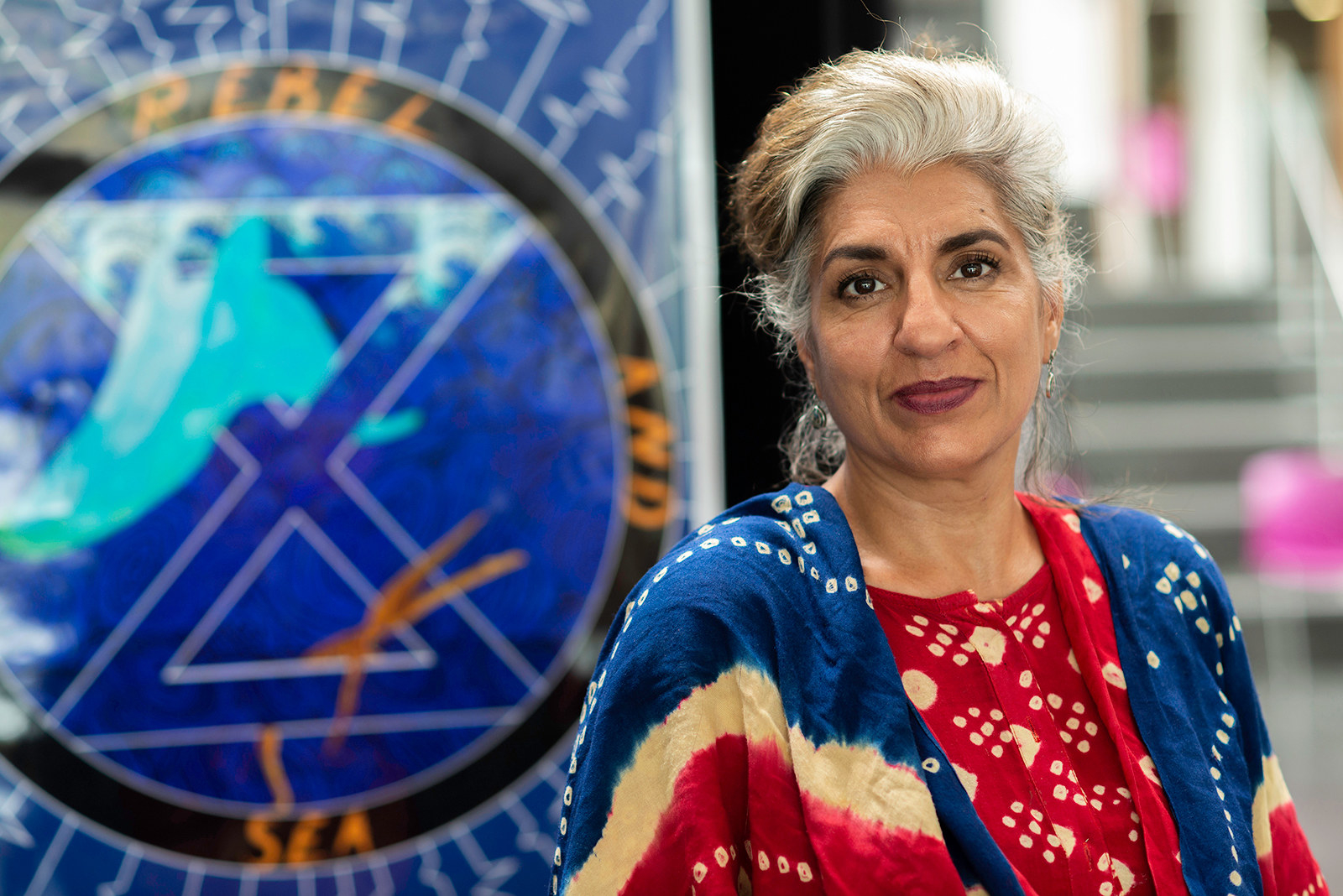
One of these was Farhana Yamin, an environmental lawyer who negotiated the Paris climate accords and other treaties on behalf of a coalition of small island nations that will soon disappear under rising seas. In other parts of the world, environmental activists were getting killed by standing up to governments and corporations while already facing the direst consequences of a warming planet. But the movements in countries like the UK were either using direct action in specific sites, or were doing diffuse advocacy on specific issues, like saving the oceans or forests.
“I felt like all these things were adding up to nothing,” Yamin said. “We as the movement had become too obsessed with elite advocacy, the insider game. … It was kind of like, truth would speak to power and it would fix it. Lots of articles in the [Financial Times] might fix it. Or if we got to the politicians they would fix it. Or we would get to the next election and they would fix it. That’s what’s broken — and that’s what’s really compelling about Extinction Rebellion.”
The first real test of its approach came on Halloween last year, when the group gathered outside the British Parliament to “declare rebellion.” It had 700 RSVPs before the event, but 1,500 people turned up, Hallam said. (This included Thunberg, who’s solitary school strike against climate change was then still little known outside Sweden.) Three weeks later, “rebels” shut down five bridges around London for a few hours. By the following spring, the group was able to organize enough people to shut down the city for 10 days, while quickly raising more than $1 million, mostly from small donations.
“We knew we had a movement on our hands,” Hallam said.

This weekend marks the start of Extinction Rebellion’s “Summer Uprising” in the UK, the largest action since April, featuring a week of protests across five cities. The group has also called for an “International Rebellion” to kick off October 7, just after a major climate meeting at the UN headquarters in New York.
Extinction Rebellion has experienced explosive growth since April. The group now has more than 300 cells worldwide in nearly 60 countries, including nearly 40 in the United States. When a new member orientation was held this week in the London borough of Islington, even the newbies could recite the group’s core principles even before they’d been explained by the facilitators.
John Sauven, the executive director of Greenpeace UK, said Extinction Rebellion had done an excellent job at tapping into the spirit of the moment with the April demonstration. Greenpeace, one of the most well-known environmental groups in the world, actually started out as an early protest target for Extinction Rebellion, when Hallam and a small group of others came to the Greenpeace UK office to stage a sit-in demanding the organization become more militant. But Greenpeace soon embraced Extinction Rebellion, contributing more than $10,000 toward the April protests and organizing other joint demonstrations alongside the group.
Sauven rejected the idea that Extinction Rebellion’s success shows that older environmental organizations had grown too complacent, noting that Greenpeace still engages in high-risk direct action campaigns around the world.
“As with all great campaigns, it’s all in the timing — you can be too early or too late,” Sauven said, and that Extinction Rebellion had managed to hit a “sweet spot” as a crescendo was already building in Europe for greater action on climate change. But it would be a mistake to believe Extinction Rebellion had cracked the code on organizing, Sauven said, laughing when asked about the group’s belief in the power of the 3.5%.
“You need to be careful not to get too empirical about this, as if this is somehow it’s a mathematical formula, that if somehow I get X number arrested, and Y go to prison, that equals the overthrow of the capitalist system or something,” Sauven said. And these days, he added, “the government and the state and the police are not that stupid. They’re kind of like, ‘I think I understand what your game is; maybe we won’t go along with your game in exactly the way you want us to.’”
On Thursday, Extinction Rebellion put out a press release proudly saying that London courts are gearing up to prosecute some of the hundreds arrested in April.
Members of an Extinction Rebellion group in Washington, DC, told BuzzFeed News they had plans to superglue their bodies inside the Capitol building earlier this week — a tactic used by Extinction Rebellion protesters in the UK — to call for the introduction of a climate emergency declaration. The group called the protest off when a group of lawmakers announced they were already introducing a bill. A spokesperson for Extinction Rebellion in DC told BuzzFeed News, however, that they promised “to be back in the event Congress fails to take the resolution seriously, which is our expectation.”
Europe, North America, and Australia have the largest numbers of Extinction Rebellion cells, but there are also active groups in countries like Ghana, Kenya, and India.
This growth, however, has brought some strain. Extinction Rebellion totally rejects formal hierarchies. Anyone who sees “the Talk,” goes through nonviolence training, and agrees to Extinction Rebellion’s core principles can start their own Extinction Rebellion cell. But this has led to some members feeling sidelined and concerned that there’s an informal inner circle making autocratic decisions that affect the whole group. The British organization also remains substantially white, and some involved in Extinction Rebellion’s international solidarity efforts say that many older Extinction Rebellion members regard these projects with a “colonial” attitude.

“We did not want Extinction Rebellion to adopt the usual NGO approach to Africa where they just run around planting the Extinction Rebellion banner in a typical colonial manner,” said Kofi Klu, part of Extinction Rebellion’s international solidarity committee and an organizer with an African environmental coalition called Stop the Maangamizi. He and others are critical that Extinction Rebellion did not include among its core demands climate justice, asking rich countries with large carbon footprints to compensate poorer countries that suffer the worst environmental effects.
The group’s internal tensions in the UK have come to a head around a proposal to use drones to force a shutdown of London’s Heathrow Airport, Europe’s busiest airport and one of the UK’s biggest sources of carbon emissions. The proposal was explosive — it came less than a year after reports of a drone near another airport, London Gatwick, led to the cancellation of more than 1,000 flights just before Christmas and the deployment of the British military. The Gatwick incident was not the work of Extinction Rebellion — in fact, police never found the culprits, and one investigator questioned whether the drone reports were real. But the authorities took the threat of potential collisions between drones and planes extremely seriously, and anyone found guilty of flying a drone near an airport could face long prison sentences.
When the idea of an Extinction Rebellion drone action was proposed back in May, there was an outcry internally and some Extinction Rebellion groups publicly denounced the idea, worried that putting planes at risk of crashing would violate the group’s nonviolent principles and turn the public totally against the organization. The plan was put on hold, but last week, in the middle of a three-day summit of Extinction Rebellion activists in London to discuss communication and decision-making processes, a memo was leaked outlining detailed plans for another drone action, this time in September.
Simon Bramwell, one of Extinction Rebellion’s founding members, said that while he thought disrupting Heathrow could be useful at some point, he thought neither the public nor the group’s members were ready for such a polarizing protest.
“I think it’s a great action, but the sequencing causes me skepticism,” Bramwell said. “Elements within Extinction Rebellion are attempting to initiate state repression before the movement is ready. More importantly, the public still have no traction with much of our narrative.”
But Hallam is one of the drone action’s chief proponents, and he says the whole point is to polarize and to court harsh punishment. The movement needs a vanguard who will push the rest of the movement “into the space where it needs to be,” he said.
The challenge of convincing enough people to put their lives on the line so the system has no choice but to act, Hallam said, is “the central conundrum in the project to save humanity from extinction.”
It’s time for everyone to take sides, Hallam said, including the “liberal establishment,” in which he includes both Greenpeace and the Guardian, Britain’s major left-leaning newspaper that has made environmental coverage a signature issue.
Contacted by BuzzFeed News, a Guardian spokesperson said the newspaper was “leading the way in how news organisations cover the global climate crisis — we recently made a formal change to the language used in our environmental reporting to reflect the scientific precision and urgency of this issue.
“We have done more to cover Extinction Rebellion’s campaigning activities, and the global school student climate strikes, than almost any other major media outlet, with widespread reporting and a number of opinion pieces — including one from Roger Hallam himself.”
But Hallam said that no action within the existing system is enough.
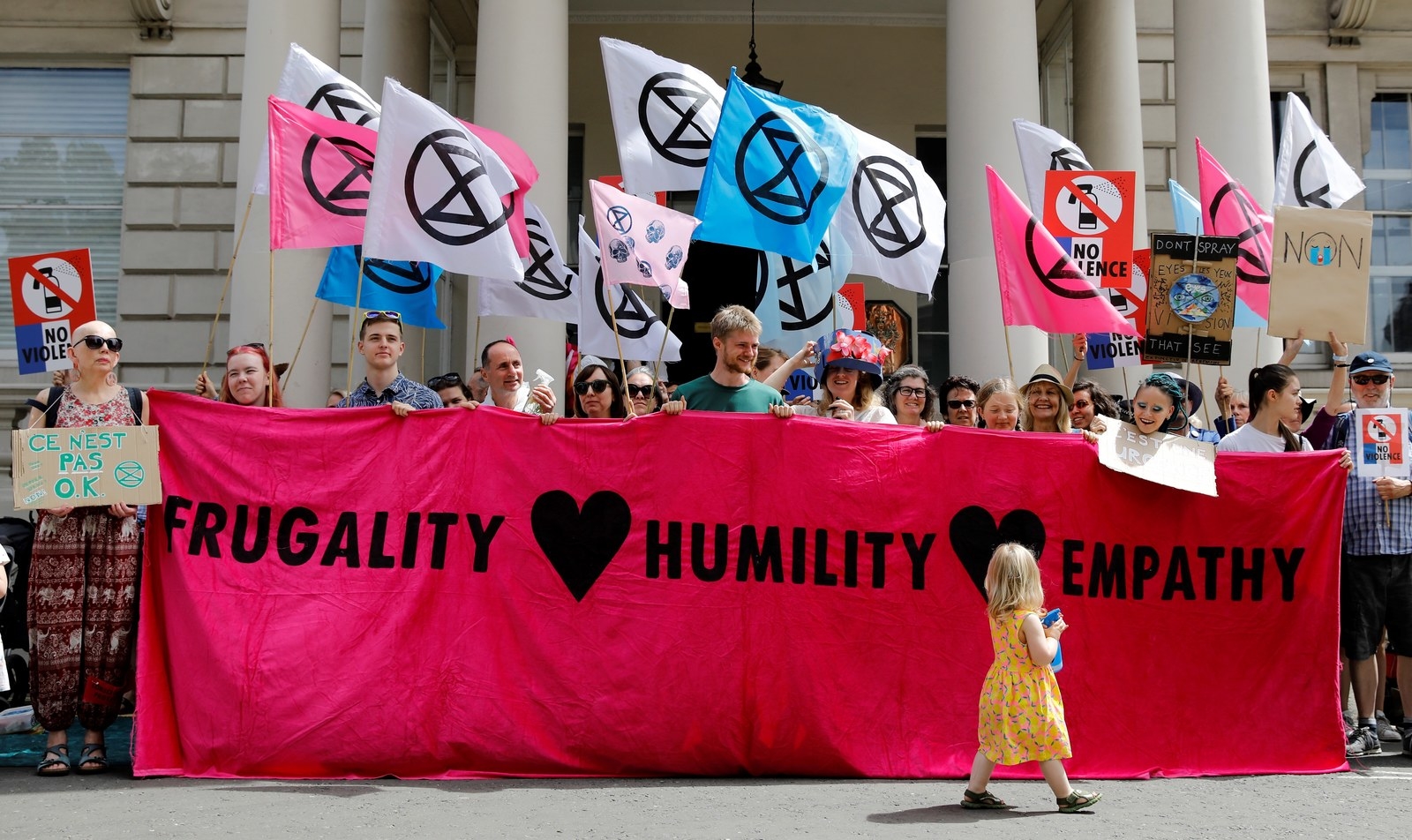
“The liberal establishment basically sucks up radical energy and directs it into ineffectual methods of change, such as … buying a T-shirt that says ‘resist’ on it and sending an email,” Hallam said. “So for us to become more effective at radical action, you have to challenge those liberal spaces to either move out of that space because they’re selling a bad set of goods … or to radicalize themselves.”
Hallam said he’d urged the Guardian’s editors to go on hunger strike, and he encouraged BuzzFeed News reporters to get arrested and write about it.
“It’ll do your career a lot of good,” he said.
In the end, he said, “If liberal and progressive journalists and lawyers and editors [don’t] stop pretending they don’t have to go into rebellion against the state, then they’re going to facilitate the end of their societies — those are the choices.
“Your primary duty … is to communicate to your audience that there is absolutely no chance that this catastrophe is not coming down the road … The only way we can minimize it now is by going into rebellion.” ●
CORRECTION
Clare Farrell’s name was misspelled in an earlier version of this post.

